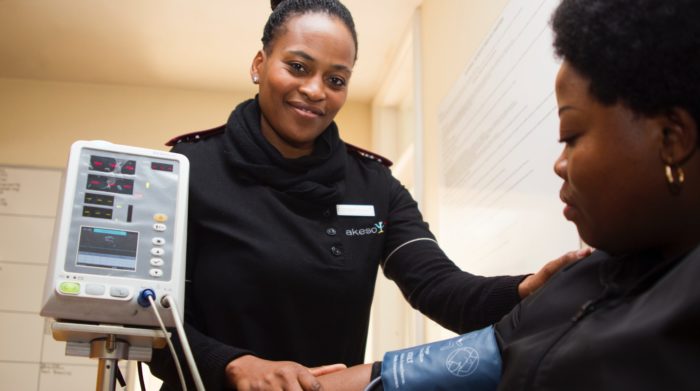Originally published in Fierce Healthcare
By Nick A. Fabrizio
You’ve heard it before: Salvation lies in hiring more advanced practice providers (APPs).
Drowning in scheduling? Hire an APP. Not making enough money? Add another APP. Not providing the quality of care you want and losing patients to minute-clinics? You know the answer.
The data seem to back up this line of thinking. According to the Medical Group Management Association (MGMA), there’s a clear correlation between revenue and the number of APPs you employ. Private practices that employ more APPs see a 28% bump in total revenue. Hospitals and large medical groups do even better, with a revenue spike of more than 60% when employing more APPs.
That’s certainly persuasive. But those impressive numbers only tell part of the story.
Many providers take on APPs in hopes of improving access, quality of care and revenue only to find themselves with the same problems and pain points they’ve always had. Simply hiring a physician’s assistant or a nurse practitioner isn’t going to change your medical practice overnight. APPs only work when implemented thoughtfully.
Here are three recommendations on how to do it right:
Stop hiring APPs to do the same work
If you’re struggling with scheduling and you hire an APP without taking a serious look at your scheduling system, you haven’t really done anything meaningful. Sure, you can take on some new patients in the short term, maybe even have more time for same-day visits for a month or two. But you’ll soon end up with the same problems, and ultimately you will have the same problems with patient access.
Let’s say instead of following the same schedule as an FTE physician, your new APPs are tasked with providing same-day care. You essentially create a minute-clinic of your own that operates within your practice. Now, you’re no longer losing sick patients to out-of-network providers who then refer those patients to their network instead of yours. Instead, you begin to see an uptick in return patients and more positive feedback in your surveys. Wait times go down, productivity goes up and you improve the quality of care you deliver.
Focus on access
For some, it might be a big leap to think about tasking APPs with mainly seeing acute patients. But doing so is one way to increase the one thing that’s so closely tied to improving both quality of care and revenue: access.
Healthcare groups of every size, from five providers to 500, want to increase access. You can better manage your patients, have better continuity and better-quality outcomes when you manage every patient within your network. But you can only do that if you’re willing to say, as an organization, that APPs can perform tasks like concentrating their practice on seeing same-day acute patients.
The alternative isn’t pretty. Patients may end up in minute clinics where providers don’t have their full medical history. In worst-case scenarios, a patient could land in the hospital due to an adverse reaction to a new medication.
When using APPs, physicians can still supervise care. They have access to the patient’s full records and medication lists as well as the ability to talk to each other when they have questions or concerns.
I’ve heard of instances where patients were willing to drive to a clinic 60 miles away because their PCP couldn’t see them the same day. That patient then ends up being referred to that network of providers instead, leaving your market and now receiving care from your competitor. This means that you now lose control of your patients’ medical care including referrals, hospitalizations and, ultimately, revenue.
Improve the quality of care you’re providing to the community
I tell every organization that’s considering hiring APPs the same thing: It will work if you’re doing it for the right reason, which is to improve quality of care.
Access, productivity, reducing wait times for new and return patients—these will all improve when you ask yourself a critical question: How can I utilize my APPs to best improve the quality of care?
This may mean taking a serious look at your current systems and thinking about how APPs can provide meaningful—and positive—change. Doing things just because it’s the way they’ve always been done means you’ll end up with the same problems, along with a bigger payroll. Doing things with an eye on quality because it’s right for the patient and it improves outcomes will take you so much further than examining or reworking a spreadsheet.
The fact is that APPs can improve the health of your practice and community. The MGMA data are consistent: Practices that employ a higher number of APPs report higher rates of total revenue after operating cost, ranging between 30% and 100% more in earnings, than their peers that employ fewer APPs.
The cost for those revenue gains is the willingness to make some tough choices. But those who are willing to do so will undoubtedly reap the rewards.
Nick Fabrizio, Ph.D., is a principal with MGMA Consulting.

